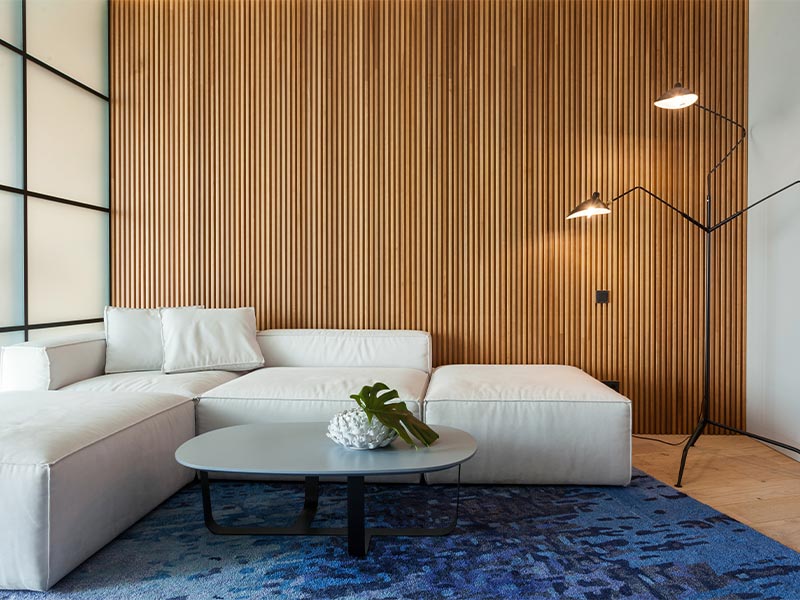Biomimicry in Education: How Nature-Inspired Fluted Panels Improve Cognitive Performance
Nature has always been a rich source of inspiration for design and innovation across various fields. One of the most exciting and evolving areas where nature’s influence is making a significant impact is in education, particularly in the design of learning environments. In recent years, biomimicry, the practice of drawing design principles and concepts from the natural world, has gained traction in architecture and interior design.
This growing trend is reshaping how educational spaces are designed, enhancing cognitive performance and creating more conducive environments for learning. A prime example of biomimicry in action is the integration of fluted panel feature wall solutions inspired by the textures and patterns found in nature, which are designed to improve cognitive performance and optimize learning outcomes.
The Science Behind Biomimicry in Learning Spaces
Biomimicry in architecture involves the replication of natural patterns, structures, and textures to create environments that are both functional and aesthetically pleasing. These nature-inspired elements often go beyond simple visual appeal, offering measurable benefits for human well-being. In education, cognitive function is crucial, and research suggests that exposure to natural elements significantly enhances concentration, reduces stress, and stimulates creativity—key factors for improving learning outcomes.
By incorporating nature-inspired design features such as fluted panel feature wall, educators can transform learning spaces into environments that actively support the brain’s optimal functioning. These panels mimic the organic forms found in nature, such as the textured ridges of tree bark, the rippling waves in sand dunes, or the layered structures of coral reefs.

The Cognitive Benefits of Fluted Panels
One of the key ways in which fluted panel feature walls contribute to cognitive performance is through their ability to stimulate both the visual and tactile senses. The three-dimensional textures of the panels can engage students’ brains in more complex ways, enhancing alertness and focus. Research has shown that environments with nature-inspired elements can significantly reduce stress, foster relaxation, and promote positive mental states, all of which are essential for maintaining effective learning.
How Fluted Panels Enhance Learning Environments?
- Stress Reduction: Organic textures create a soothing and calming atmosphere that helps alleviate anxiety. This reduction in stress promotes a greater sense of well-being, which can enhance students’ ability to focus and retain information.
- Improved Focus: Textured walls help prevent visual monotony, which can lead to disengagement. The dynamic surface patterns keep students visually stimulated, helping them maintain attention during long study sessions or lectures.
- Enhanced Creativity: Nature-inspired designs, like the fluted patterns found in these panels, stimulate creative thinking. These unique visual cues trigger new ways of thinking, encouraging students to approach problems from different perspectives.
The Future of Biomimicry in Education
As schools and universities continue to recognize the impact that design has on student well-being and performance, the role of biomimicry in education is expected to grow. The integration of natural elements into learning spaces, such as fluted panel feature walls, is just the beginning of a broader movement toward creating more responsive, engaging, and effective environments for students.
With research continuing to support the benefits of nature-inspired design, we can anticipate more educational institutions adopting these principles to enhance student success and promote long-term cognitive development.
